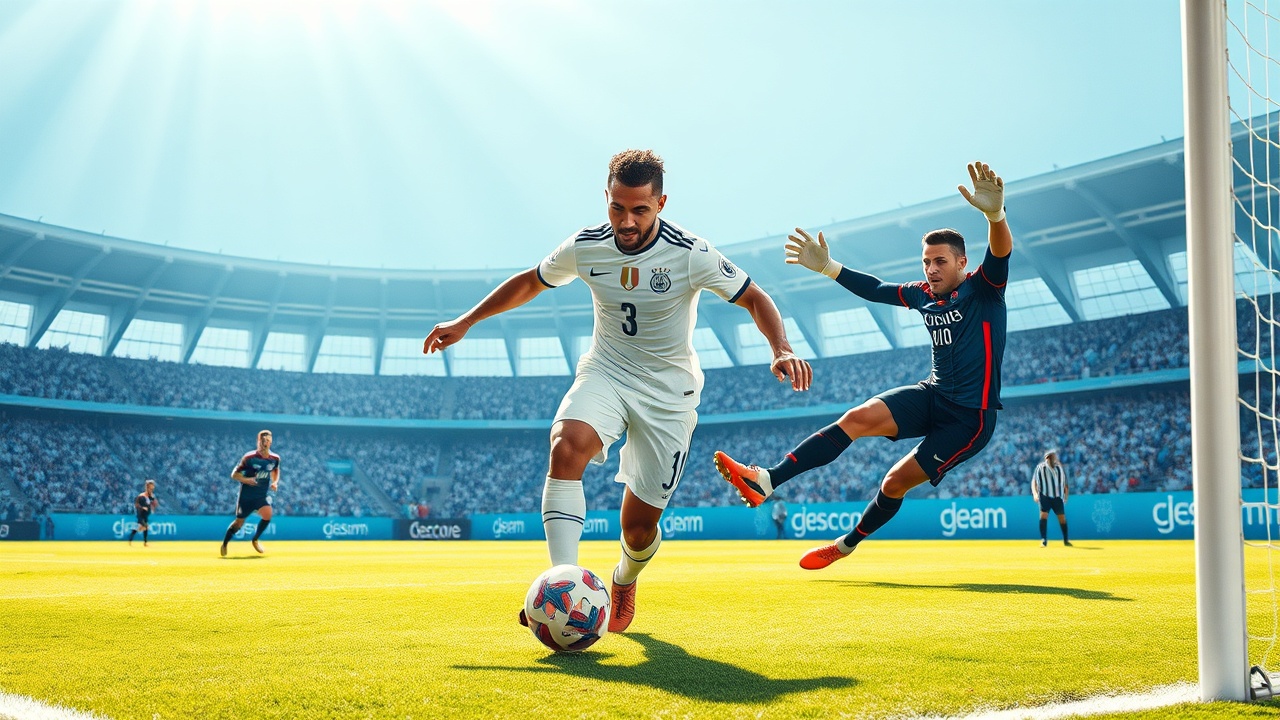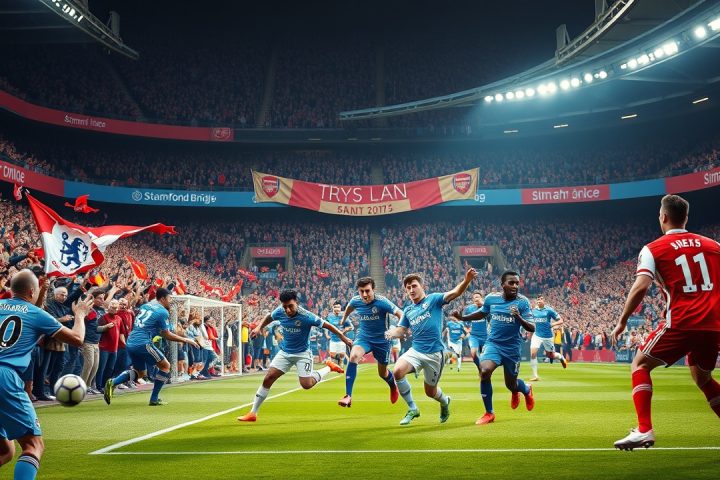Overview of the 2025 FIFA Club World Cup
As the 2025 FIFA Club World Cup draws to a close, the tournament has unfolded much like two distinct narratives. Initially, it appeared that lesser-known clubs from outside Europe would gain valuable experience and financial rewards by competing against established European giants. However, the expectation was that European teams, equipped with substantial resources, would dominate the later stages of the tournament, likely securing at least seven spots in the quarterfinals and engaging in predictable matchups for large payouts.
Surprising Outcomes
Contrary to those fears, non-European clubs have made a remarkable impact, with three teams progressing to the quarterfinals. In a thrilling round of 16, Al Hilal defeated Manchester City, while Fluminense executed a tactical victory over Inter Milan, and Palmeiras triumphed over Botafogo in a tense encounter. Fluminense ultimately advanced to the semifinals after besting Al Hilal. The finals, however, are now set between two European teams following Chelsea’s 2-0 win against Fluminense in the semifinals.
Commercialization vs. Opportunity
Criticism surrounding this tournament often highlights its commercialization, suggesting it serves primarily as a financial boon for wealthy clubs, but there is a silver lining. The tournament successfully bridges the global club soccer landscape, offering smaller teams a platform to shine against renowned competitors. Players such as Marcos Leonardo from Al Hilal and Alexander Barboza from Botafogo have seized the moment to showcase their talents, while experienced stars like Thiago Silva and Ángel Di María have reignited their careers in the spotlight.
Standout Performances
While the tournament is scrutinized for being a platform for financial gain, the excitement it generates cannot be dismissed. As the final approaches, it’s worth reflecting on the standout players and the insights gained from this ambitious endeavor by FIFA.
Fluminense’s impressive 2-1 victory over Al-Hilal to secure a semifinal spot stands as one of the competition’s highlights.
Numerous renowned players, including Erik Haaland and Harry Kane from Bayern Munich and Manchester City, have excelled, pairing up for impressive statistics within the limited matches played. However, it’s often the underdogs and seasoned veterans who leave a lasting legacy on this stage.
Defensive Resilience
When it comes to defense, Botafogo’s backline faced considerable challenges, yet they impressively advanced, demonstrating resilience even with a limited attacking rate. Kalidou Koulibaly of Al Hilal and Barboza notably topped defensive interventions across the tournament, with Koulibaly making a remarkable impact in Al Hilal’s victory over City.
Younger Prospects and Veteran Performances
The spotlight also shines brightly on younger prospects. Borussia Dortmund’s Jobe Bellingham has emerged as a formidable player, proving he can deliver even under the weight of comparisons to his older brother. His initial performances have suggested potential stardom, while players like 34-year-old Yassine Bounou continue to make their mark as pivotal goalkeepers, showing exceptional skill in high-pressure situations.
Al Hilal’s Marcos Leonardo has stirred the narrative further with his goal-scoring prowess in crucial matches, helping to propel his team into competitive positions, while Chelsea’s Neto has solidified himself as a key player in the tournament, contributing significantly despite the team’s ups and downs. The tournament’s unexpected narratives encapsulate the spirit of competition, where every match can be a chance for a new hero to emerge.
Challenges and Future Considerations
As discussions around player contributions swell, the challenges of tournament timing amidst the intense summer heat have also been raised. The scheduling, driven by expansive commercial interests, posed significant discomfort for the teams and players, drawing attention to potential logistical improvements for future tournaments.
Conclusion
In summary, this iteration of the Club World Cup has exceeded preliminary expectations by providing a stage for rising talent and thrilling matchups. The diversity and unpredictability in the competition have made it an exciting event for fans around the globe, inviting a broader discourse on the future of club soccer on an international level.
As we near the conclusion, it’s clear that, while the richest clubs have found success, the performances of emerging teams and players add an indelible mark to this tournament’s history.




